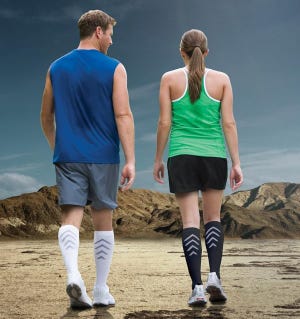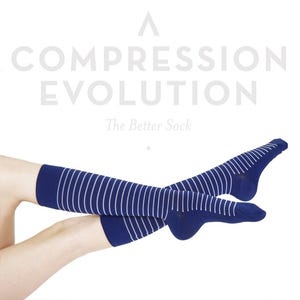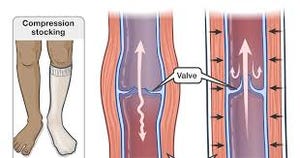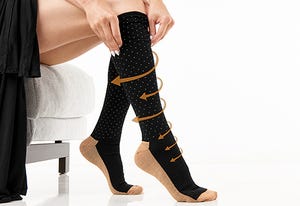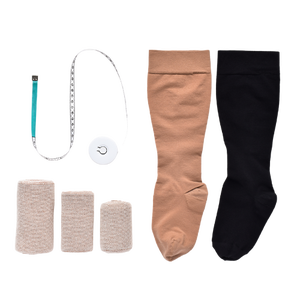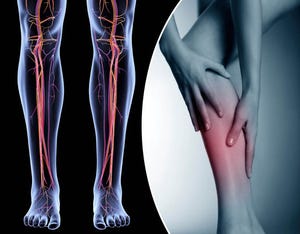What are compression sleeves used for?
Compression sleeves have become increasingly popular in recent years, especially in the athletic and fitness communities. These sleeves are designed to fit snugly around the arms or legs and provide compression to the muscles and joints. But what are compression sleeves used for, and why have they become such a popular accessory? In this article, we will explore the many benefits of compression sleeves and how they can help support your body during exercise and recovery.
What Are Compression Sleeves?
Compression sleeves are made of a stretchy, elastic material that fits tightly around the arm or leg. They are designed to provide graduated compression, meaning that the compression is strongest at the extremities and gradually decreases as it moves up the limb. This type of compression can help improve blood flow and lymphatic drainage, which can in turn help reduce swelling and inflammation.
Compression sleeves come in a variety of materials, including nylon, spandex, and other synthetic fibers. Some sleeves also contain moisture-wicking properties to help keep the skin dry and prevent chafing.
Why Use Compression Sleeves?
Compression sleeves have a variety of uses, depending on the individual's needs. Here are just a few of the most common reasons people use compression sleeves:
- Improved Performance: Many athletes use compression sleeves to help improve their performance during exercise. The compression can help improve blood flow to the muscles, which can in turn improve endurance and reduce muscle fatigue. Compression sleeves can also help support the joints, which can help reduce the risk of injury.
- Post-Workout Recovery: Compression sleeves can also be used to aid in post-workout recovery. After a tough workout, the muscles can become inflamed and sore. Compression sleeves can help reduce this inflammation and promote faster recovery.
- Medical Reasons: Compression sleeves are also commonly used for medical reasons. For example, individuals with lymphedema, a condition where excess fluid accumulates in the limbs, may use compression sleeves to help improve lymphatic drainage and reduce swelling.
- Varicose Veins: Compression sleeves are also used to treat varicose veins, which are swollen, twisted veins that often occur in the legs. Compression can help improve blood flow and reduce the appearance of varicose veins.
- Joint Pain: Individuals with arthritis or other joint conditions may use compression sleeves to help support the joints and reduce pain and inflammation.
Choosing the Right Compression Sleeve:
If you're considering using a compression sleeve, it's important to choose the right one for your needs. Here are a few things to keep in mind when choosing a compression sleeve:
- Size: Compression sleeves come in a variety of sizes, so it's important to choose one that fits snugly but not too tightly. A sleeve that is too tight can actually restrict blood flow, which can be counterproductive.
- Compression Level: Compression sleeves also come in different levels of compression. For example, some sleeves may provide light compression for daily wear, while others may provide more intense compression for exercise or recovery.
- Material: The material of the sleeve can also be important, especially if you have sensitive skin. Look for a sleeve made of a soft, breathable material that won't irritate your skin.
- Purpose: Finally, consider the purpose of the sleeve. Are you using it for exercise or recovery? Do you need it for medical reasons? Understanding your needs can help you choose the right compression sleeve for your needs.
Conclusion
Compression sleeves can be a valuable tool for athletes, individuals with medical conditions, and anyone looking to improve their overall health and wellness. By providing graduated compression to the muscles and joints, compression sleeves can help improve blood flow, reduce inflammation, and support the body during exercise and recovery. When choosing a compression sleeve, it's important to consider the size, compression level, material, and purpose of the sleeve

